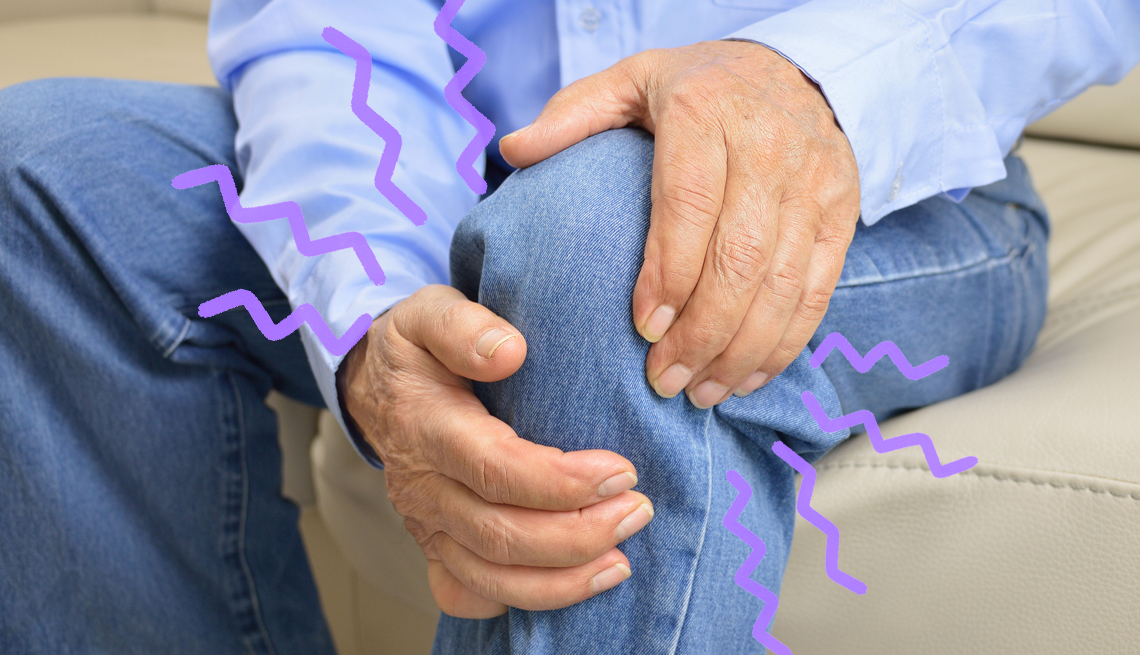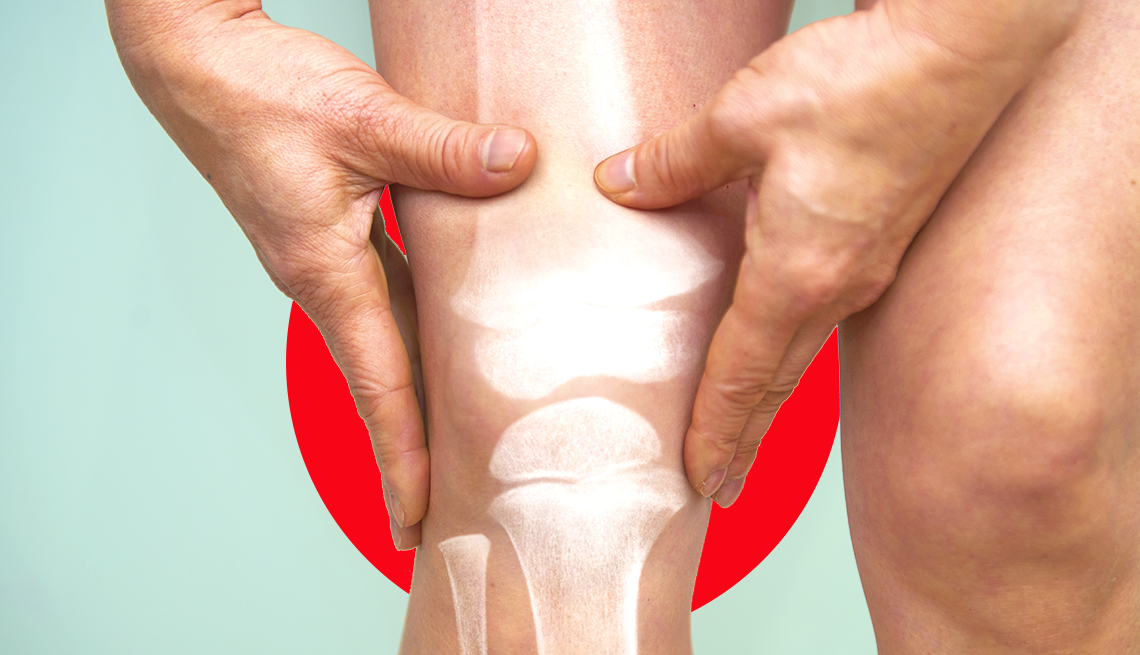AARP Hearing Center


If you’ve ever felt a shooting pain zing down your arm or leg, you may have wondered if you pinched a nerve.
Though the term is often used to describe any sort of nerve inflammation or irritation, a pinched nerve, by definition, occurs when tissues that surround a nerve — be it bone, cartilage, muscle or tendon — put too much pressure on the nearby nerve, causing pain, numbness and other unbearable symptoms.
You can feel a pinched nerve in many areas of your body — from your arms and hands (ever had carpal tunnel syndrome?), to your legs and feet. And it just so happens that the things that make your body more prone to a pinched nerve are more likely to occur as you age.
Here are four things that adults age 50-plus should know about a pinched nerve, including how to treat one at home and when you should see a doctor.
1. Several different issues can lead to a pinched nerve
At each vertebra in your spine, a pair of nerves branches off to supply power and sensation to different parts of your body, says Zachary McCormick, M.D., a board-certified specialist in pain medicine and physical medicine and rehabilitation at University of Utah Health in Salt Lake City. Good nerve function, in part, requires that these nerves have enough space to come out of the spine — but a few things can complicate matters.
Take, for example, a herniated disk, which occurs when a disk — which is like a cushion between vertebrae in the spine — tears or bursts. The liquid-like center can rupture out of the disk and affect nearby nerves, causing irritation, inflammation and possibly mechanical compression of the nerve, says physiatrist William Pease, M.D., an orthopedic physician and professor of physical medicine and rehabilitation at the Ohio State University Wexner Medical Center in Columbus.
Other spinal conditions, including tumors, fractures and stenosis (when the space inside the backbone is too narrow for the spinal cord), can also lead to a pinched nerve.
Additionally, age-related changes can play a role. As we age, the anatomy of our spine changes, and older adults become more prone to additional underlying processes that cause pinched nerves. “Because of the wear and tear of living life, we all develop arthritis in the joints of the spine. This involves the joint growing in size and forming extra bone,” McCormick says.
What’s more, disks begin to compress and lose height, narrowing the channel where nerves live. This, combined with bone growth, can impinge on nerve roots (the area where nerves exit the spine), which can pinch or irritate a nerve, he says. “This is much more common in adults over 50,” he says.
Whether you’re prone to a pinched nerve depends on a lot of factors, including age, genetics, smoking and your history of injury. Having diabetes, excess weight or a job that requires repetitive motions can also increase your risk of a pinched nerve.










































































More From AARP
5 Alternative Therapies for Pain
What the research says about whether other types of integrative care can provide relief
Medical Advancements in Chronic Pain Treatment
Breakthroughs that can bring you relief.
How Can I Get Relief From Back Pain?
A doctor’s advice on easing pain without relying on meds
Recommended for You